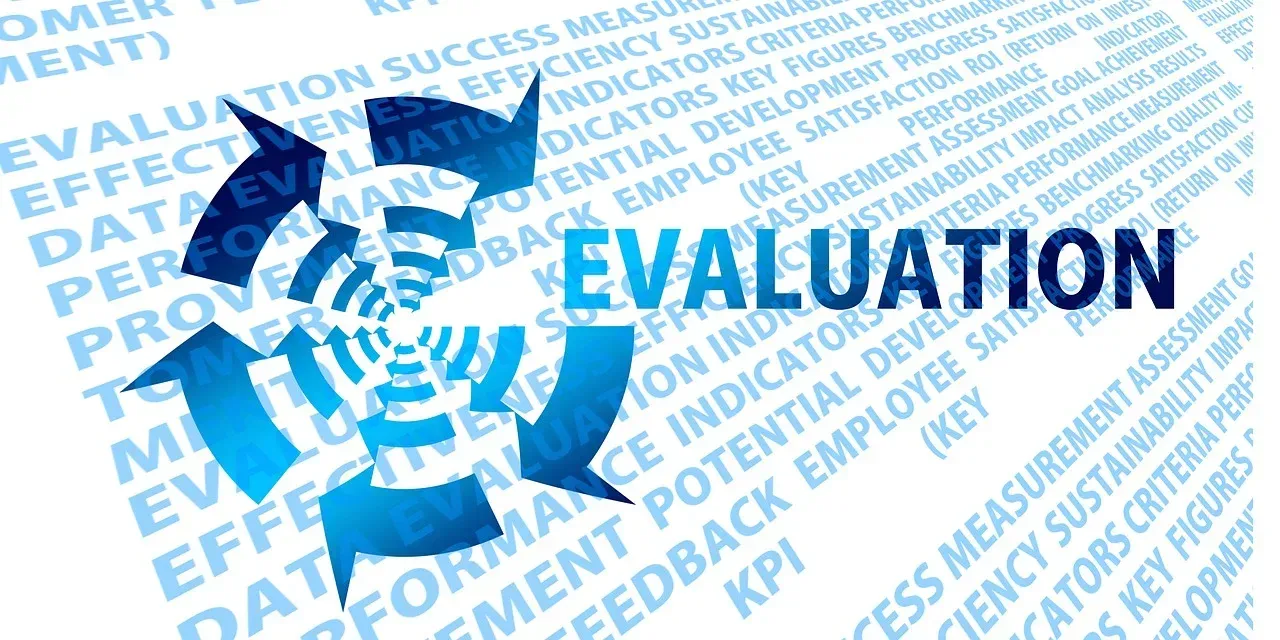Avoiding the 7-Year Itch at Work: Keys to Long-Term Career Satisfaction

In both personal relationships and professional endeavors, there comes a point where familiarity can breed discontent. This phenomenon, often referred to as the "7-year itch," can manifest in various ways at work, leading to boredom, stagnation, and a lack of motivation. However, with proactive measures and a mindset geared towards growth and fulfillment, it's possible to avoid falling victim to this career plateau. In this blog, I will explore strategies for maintaining long-term career satisfaction and fulfillment, ensuring that your professional journey remains engaging and rewarding.
- Embrace Continuous Learning: One of the most effective ways to stave off the 7-year itch is to prioritize continuous learning and skill development. Seek out opportunities for professional growth, whether it's through workshops, courses, or certifications. By expanding your knowledge base and acquiring new skills, you'll keep your work fresh and exciting, opening doors to new opportunities within your current role or beyond.
- Set Meaningful Goals: Maintaining a sense of purpose and direction in your career is essential for warding off complacency. Set ambitious yet achievable goals for yourself, both short-term and long-term, and regularly assess your progress. Whether it's aiming for a promotion, leading a high-impact project, or mastering a new skill, having goals to strive towards will keep you motivated and engaged in your work.
- Cultivate Relationships: Building strong relationships with colleagues, mentors, and leaders can significantly impact your job satisfaction and longevity in a role. Invest time in fostering genuine connections, both professionally and personally. Collaborate on projects, seek feedback, and participate in team-building activities. A supportive network can provide invaluable encouragement, guidance, and perspective, helping you navigate challenges and celebrate successes along the way.
- Seek New Challenges: Monotony is a common precursor to the 7-year itch, so it's crucial to actively seek out new challenges and opportunities for growth. Volunteer for assignments outside of your comfort zone, take on leadership roles or explore cross-functional projects. By stepping outside of your routine and embracing unfamiliar tasks, you'll keep your skills sharp and your enthusiasm high, preventing complacency from setting in.
- Prioritize Work-Life Balance: Burnout is a significant risk factor for career dissatisfaction, so it's essential to prioritize your well-being outside of work. Set boundaries around your time and energy, and make time for activities that recharge and rejuvenate you. Whether it's spending time with loved ones, pursuing hobbies, or simply unplugging from technology, prioritizing work-life balance will help you maintain perspective and avoid feeling overwhelmed by the demands of your job.
- Reflect and Iterate: Regular self-reflection is key to staying engaged and fulfilled in your career. Take time to assess your strengths, weaknesses, and areas for growth, and be open to feedback from others. Use this insight to refine your goals, adjust your approach, and make course corrections as needed. By adopting a growth mindset and embracing opportunities for self-improvement, you'll continue to evolve and thrive in your professional journey.
- Stay Flexible and Open-Minded: Finally, it's essential to remain flexible and open-minded as you navigate your career path. The professional landscape is constantly evolving, and what worked for you in the past may not necessarily serve you in the future. Be willing to adapt to changing circumstances, seize unexpected opportunities, and explore alternative career paths if necessary. By embracing change and uncertainty, you'll position yourself for continued success and fulfillment, regardless of where your career takes you.
Conclusion: The 7-year itch may be a common phenomenon, but it's by no means inevitable. By proactively investing in your professional growth, cultivating meaningful relationships, and prioritizing your well-being, you can avoid falling into a career rut and instead experience long-term satisfaction and fulfillment in your work. Remember, your career journey is yours to shape—embrace the opportunities, challenges, and possibilities that come your way, and enjoy the ride!
You might also like




